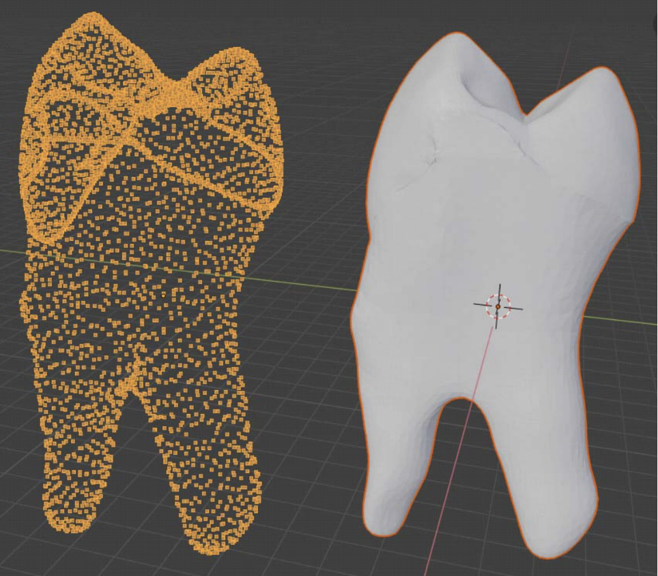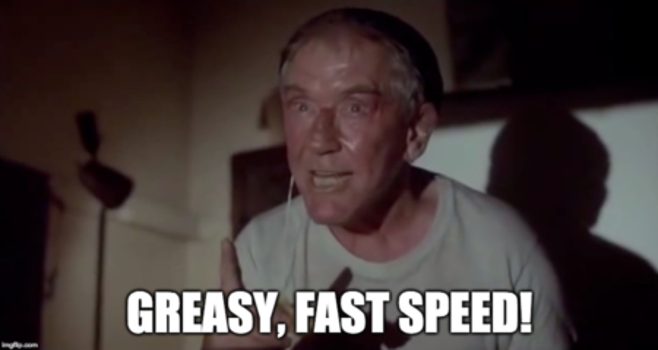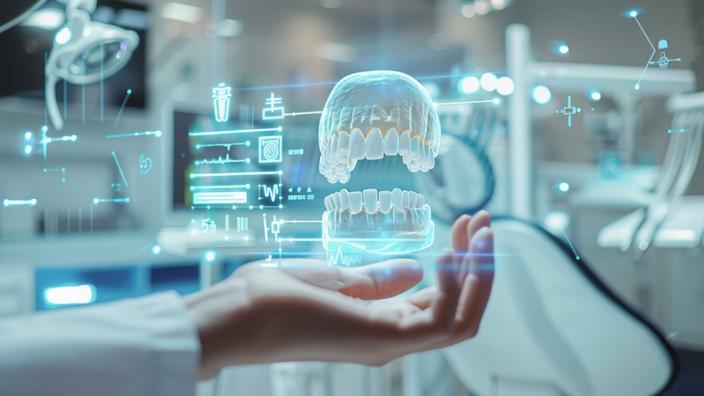SoftSmile Tech Deep Dive: Efficiency & Precision, and Why Math is Still the Queen of Science
May 11, 2022
SoftSmile Tech Deep Dive: Efficiency & Precision, and Why Math is Still the Queen of Science
Making a treatment plan or “Setup” is an intricate and time-consuming process. With the existing solutions, it usually takes about 45-50 minutes for an experienced user to create a Setup. For a less experienced user, newbie technician, or doctor who rarely works with digital treatment plans, this process may take over two hours.
There are various reasons why the process is so time-consuming:
- 3D modeling software can often operate slowly because of the significantly complex computations required to model the interaction of 3D objects;
- weak hardware capabilities;
- software may have a complex interface and have poor UX/UI;
- software may not have many automations and requires the user to manually input data and modifications.
Such inefficiency creates frustration and detachment among users, and we haven't even begun to discuss precision, quality, and reliability…
We knew that we had to create an advanced software solution that would set the new standard for speed. Vision is fast. Users will have the freedom and ability to concentrate on strategic and predictive treatment planning rather than routine tasks. We have built a highly efficient and effective software solution without even the slightest compromise of precision and beauty of the interface.

In order to achieve ultra-fast processing speed, we had to develop new algorithms to find new solutions for 3D modelling. A simple increase in productivity by 20%, or even 100%, was not sufficient. We sought a powerful change and an absolutely unique approach. We dug deeper into history and mathematical principles to improve our technology.
First Gear: Most 3D modelling software programs that deal with 3D objects use the Bounding Volume Hierarchy (BVH) technique for tracking or processing interactions of 3D models. This technique advances efficiency by processing parcels of an object, rather than the entire object. Still, the speed of computation (or data-processing) of the complex calculations, like treatment planning, is usually unsatisfying for the users. Moreover, using the BVH technique in orthodontics is broadly patented by Align Technology. We had to find a new groundbreaking method. We found it in classical geometry.
In the 17th century, René Descartes developed his breakthrough reference system which designates coordinates to any point in the universe. We employed Descartes' reference system to lay the foundations of the new approach.
Every object in our 3D model is represented as a “point cloud”, or a myriad of points comprising a particular object.
The system is able to go beyond simply processing 3D objects and instead, collates the coordinates of the points that constitute any given 3D object.
With this approach, each point in the cloud has its own coordinates. Vision analyzes the correlation of these particular points within the point cloud to maximize the speed and precision of data processing.
Second gear: Current treatment planning software solutions require users to manually complete tasks, like position modeling, segmentation, and axis orientation, which Vision is capable of automating.
Using machine-learning algorithms, Vision is able to automate the routine tasks of treatment planning while ensuring speed and accuracy. This allows users to utilize their knowledge, expertise and discretion on the most intricate and strategic aspects of treatment planning.
We have developed a number of advanced algorithms to automate the procedures that usually require manual operation. Vision is able to complete the process of segmentation automatically. This process of distinguishing the teeth and gum border lines usually takes up to 20 minutes when using other digital treatment planners and requires technicians or doctors to manually make contours and distinguish teeth from the gingiva.
We were able to teach our software to complete this process automatically. We employed a special mathematical technique, graph theory, first described in the 18th century and later presented as a solution to the Konigsberg Bridge problem.
Graph theory helped us to teach the machine how deflection of the particular lines indicates the border between teeth and gingiva.
In our approach, the system runs the segmentation process in just a few minutes giving a user nearly perfect results. Obviously, if a user needs to make adjustments and tailor the contours between teeth and gum, they can always do so using the platform.

Overdrive: Our use of graph theory and Descartes’ reference system is just one of many solutions (among those that can be disclosed) that we developed in order to improve the speed and efficiency of Vision.
There are dozens of other algorithms, mathematical models, and equations we employed or solved to build SoftSmile’s revolutionary software. We wrote our own mathematical models in order to make Vision's processes as smooth and fast as possible.
The results are striking. Our beta-version works 20 times (!) faster than the most renowned and well-known solutions. All of this is possible because of math, technology, and... history.
With our orthodontic planning software solution, you can streamline patient care, allowing you to save time while providing personalized treatment. Give your patients the bright, confident smiles they desire with ease. Contact us today to learn more!



